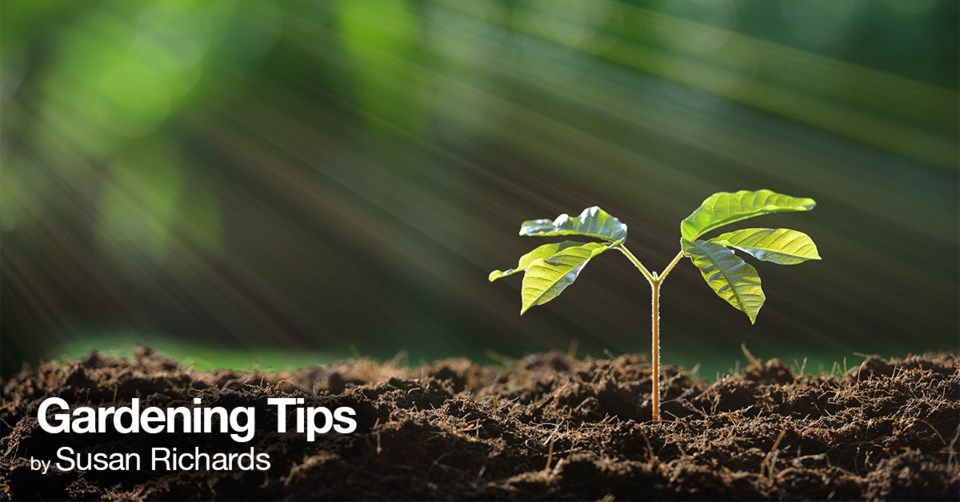Despite the beautiful weather we had in March, followed by April having more snow than any other month this winter, spring has definitely arrived. We are still getting a roller coaster ride with temperatures soaring to beach weather one weekend followed by sub zero nights, but that is spring in the North!
The plants in my perennial gardens are now actively growing and spring bulbs are blooming, as I am sure yours are too. Now is the time for an application of fertilizer to help them thrive.
I like to use a granular, organic fertilizer at this time of year. We have a major deer problem where I live, so I use Fertilo Organic fertilizer. As well as being an excellent source of nutrients, the smell of the feather meal component in the mix keeps the deer out of my yard!
To keep the deer from browsing all season long, I broadcast it throughout my gardens every three weeks. I use it a little lighter than the instructions recommend and don’t cultivate it into the soil. The first application is always as soon as the noses of my hosta plants poke out of the ground.
For a spring application of fertilizer for lawns and gardens, I do prefer an organic, granular type. It releases slowly as spring rains arrive, giving little boosts of nutrients frequently. Time your application to an expected rainfall so the fertilizer gets released to the roots.
Every fertilizer package has three numbers identifying the major nutrients provided. The first number is the percentage of nitrogen in the fertilizer. Nitrogen is the nutrient that promotes strong leaf growth. Spring lawn fertilizer is always highest in nitrogen.
The second number on the label is the percentage of phosphorous in the mix. This nutrient promotes healthy root growth. Fertilizer recommended for transplanting is always highest in phosphorous. Bonemeal is an example of this type. Its numbers are usually 0-14-2.
If you live in an area where wildlife, such as raccoons, squirrels or skunks tend to dig up you new plants, use a liquid transplanting fertilizer instead. It has the advantage of not attracting animals.
You may have noticed that good quality lawn fertilizer now has little or no phosphorous in it. That is because this particular nutrient is very slow to break down. Major testing throughout the province has shown that there is an adequate supply in the soil for healthy grass growth.
The last number on the fertilizer package gives you an indication of the percentage of potassium present in the mix. This nutrient promotes overall health, flower bud formation and plant hardiness. It is often the highest number on a package of fall fertilizer. It helps plants toughen up for winter.
A balanced fertilizer feeds all parts of the plant. An example of this type of food is 20-20-20. I use this water soluble fertilizer throughout the growing season to keep my annuals healthy right into the fall. I alternate it with 20-8-20, a formulation for flowering plants, to encourage constant blooms.
If you would like to use fertilizer less frequently, try the slow release pellets. I have some on hand to put in all my pots. Then even if I don’t have time to use any other type of fertilizer, every time I water, the plants get a little shot of food!
There are also fertilizers formulated for specific plant groups. Many hours of research has gone into preparing the best blend for evergreens, trees and shrubs, hedges, clematis, acid loving plants, tomatoes or roses. Just follow the directions on the container, being sure not to apply more than recommended. Too much of fertilize can burn the stems and roots of plants!
Don't forget to feed your flowering spring bulbs. In order for them to bloom year after year, they need to store nutrients in the underground bulb. Bulb Booster was developed by the Holland bulb growers just for this purpose. The Dutch sure know how to keep tulips and daffodils thriving!
